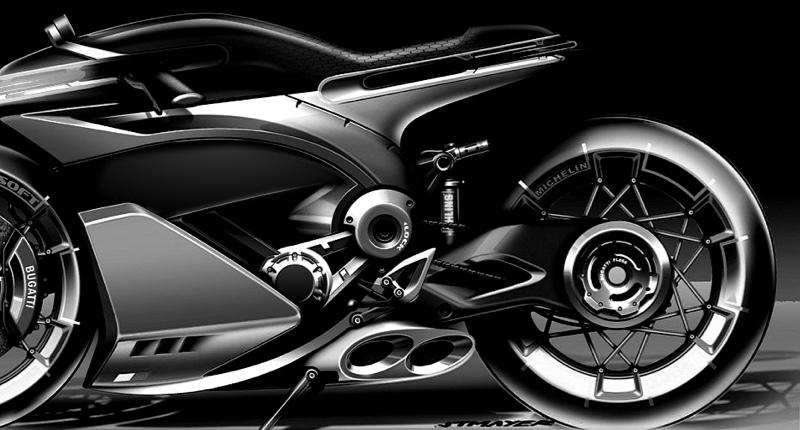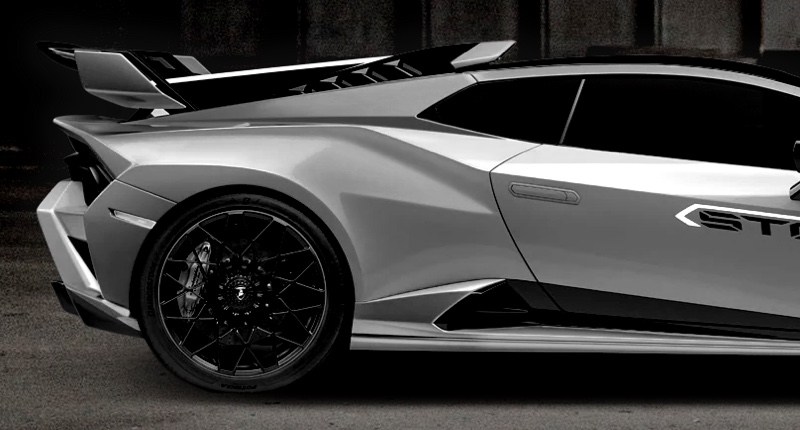What is the main use for carbon fiber? | Supreem Carbon Expert Guide
- What is the Main Use for Carbon Fiber?
- What Are the Advantages of Using Carbon Fiber Parts?
- How to Ensure Quality When Purchasing Carbon Fiber Parts?
- What Are the Typical Cost Factors Affecting Carbon Fiber Parts?
- How Is the Carbon Fiber Market Evolving and What Trends Should Buyers Watch?
- What Are Key Performance Metrics to Evaluate Carbon Fiber Parts?
What is the Main Use for Carbon Fiber?
Carbon fiber is primarily used in industries that require materials offering a high strength-to-weight ratio. Its main applications include aerospace, automotive, sports equipment, wind energy, and industrial manufacturing. The Aerospace sector utilizes carbon fiber composites extensively to reduce aircraft weight, improve fuel efficiency, and maintain structural strength. For instance, Boeing's 787 Dreamliner contains about 50% carbon fiber composites by weight, significantly lowering aircraft mass and operational costs.
What Are the Advantages of Using Carbon Fiber Parts?
Carbon fiber parts offer superior tensile strength and stiffness compared to metals such as steel and aluminum, while being much lighter — typically around 40% of aluminum’s weight. Additionally, carbon fiber resists corrosion, has excellent fatigue properties, and provides design flexibility due to its ability to be molded into complex shapes. These advantages enhance product performance and longevity, a major reason for its rising adoption in automotive racing and renewable energy sectors.
How to Ensure Quality When Purchasing Carbon Fiber Parts?
Quality assurance in carbon fiber procurement hinges on understanding fiber type (e.g., PAN-based vs. pitch-based), resin system, manufacturing processes (prepreg, resin transfer molding), and certification standards such as ASTM and SAE. Industry buyers should request material certificates and perform non-destructive testing (NDT) to detect voids or delamination. Partnering with reputable suppliers who comply with aerospace or automotive quality management systems (AS9100, IATF 16949) is critical.
What Are the Typical Cost Factors Affecting Carbon Fiber Parts?
The price of carbon fiber parts depends on raw fiber cost, type of resin, complexity of molding processes, and volume ordered. Carbon fiber raw material prices fluctuate between $10-$20 per pound for standard modulus fibers, with high modulus or specialty fibers reaching up to $50 per pound. Prepreg materials and labor add to the cost, making carbon fiber parts several times more expensive than metal counterparts, which impacts purchasing decisions based on application requirements and budget.
How Is the Carbon Fiber Market Evolving and What Trends Should Buyers Watch?
The global carbon fiber market is projected to grow at a CAGR of around 10% from 2023 to 2030, driven by increasing use in electric vehicles, wind turbine blades, and lightweight construction. Advances in lower-cost manufacturing methods (such as oxidation-free carbon fibers) and recycling technologies are gradually making carbon fiber more accessible. Buyers should monitor developing supply chains, regulatory changes affecting composites production, and sustainability initiatives influencing demand.
What Are Key Performance Metrics to Evaluate Carbon Fiber Parts?
Important metrics include tensile strength (typically 3,500 MPa for standard fibers), modulus of elasticity (230-600 GPa), weight savings percentage vs. metals, and thermal properties (up to 400°C continuous use temperature for some grades). Additionally, impact resistance and fatigue life must align with application-specific standards. Testing per ASTM D3039 and dynamic mechanical analysis (DMA) help confirm these parameters.
In summary, carbon fiber parts are essential for applications demanding lightweight and high-strength materials. Industry users should assess material properties, supplier quality, cost impacts, and emerging market trends to adequately source carbon fiber components that meet their performance and economic goals.

Best 10 car carbon fiber customization suppliers brands in Asia

Unveiling Carbon Fiber: 10 Surprising Truths and How It's Shaping Our Future

Supreem Carbon: Asya'nın En İyi Profesyonel Motosiklet Karbon Fiber Üretici Markası

Newest Acura NSX Carbon Fiber Hood Vent released!

Xiaomi SU7 Carbon Fiber Aerodynamic Body Kit – Supreem Carbon Testing Feedback

What Are the Most Common Uses of Carbon Fiber in 2025?
For Products
What is main products for factory?
Supreem carbon mainly produce carbon fiber custom products for automobile and motorcycle accessaries, including the design, develop and manufacturing of appearance parts, interior parts, functional parts, etc. Other carbon fiber custom goods also can produce for you.
Supreem Carbon parts produce by 100% carbon?
Yes,all products are made from full carbon with dry carbon.
For After-sales Service
How can I cancel the order?
We may only cancel your order if it has not been fulfilled yet. We would be more than happy to assist you with any adjustments if you'd wish instead!
For Facotry
How many monthly production capacity of the factory?
The average monthly production capacity reach 3000 pieces. With the equipment upgrade, it will be increased over 4000 pieces per month.
How many employees of Supreem carbon?
We have over 50 employees, including over 40 skilled workers, 3 R&D designers, and 5 QC professionals and so on.

Chevrolet Corvette C8 Carbon Fiber Paddle Shifters

Kawasaki Z650 Carbon Fiber Tank Side Panels

Aucra NSX Carbon Fiber Nose Beak Replacement

Ducati Panigale/Streetfighter V4 Carbon Fiber Heel Guards
Let’s Bring Your Carbon Fiber Ideas to Life
Have a question or inquiry about our carbon fiber composite products? Leave us a message here, and our team will get back to you promptly.
Whether you're interested in custom orders, technical specifications, or partnership opportunities, we're here to assist you.
Please fill out the fields above with your name, email address, and message.
© 2024 Supreem Carbon All Rights Reserved.





Facebook
Pinterest
LinkedIn
Instagram